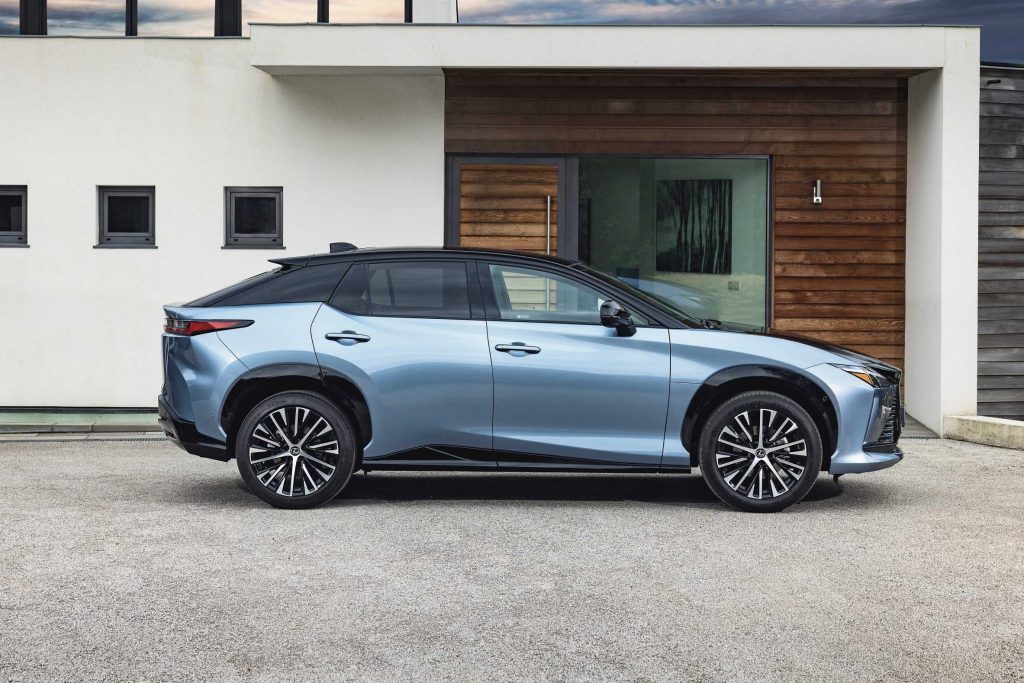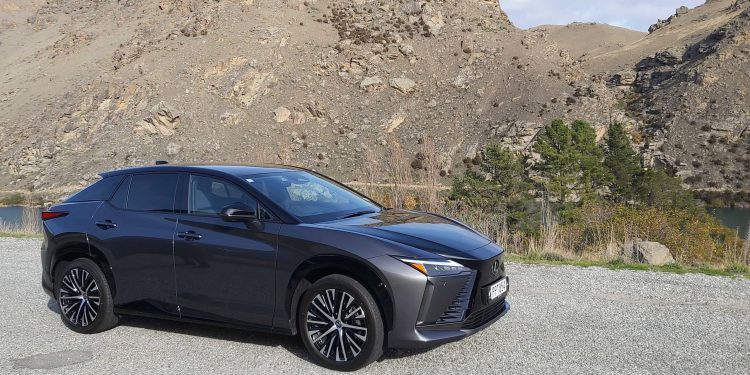Lexus RZ first NZ drive
Lexus has a new model in its local line up with addition of the RZ. That Z stands for zero emissions, it being electric. While not Lexus’s first EV (that was the UX300e) , it is the first dedicated battery-powered model, built on the new e-TNGA platform.
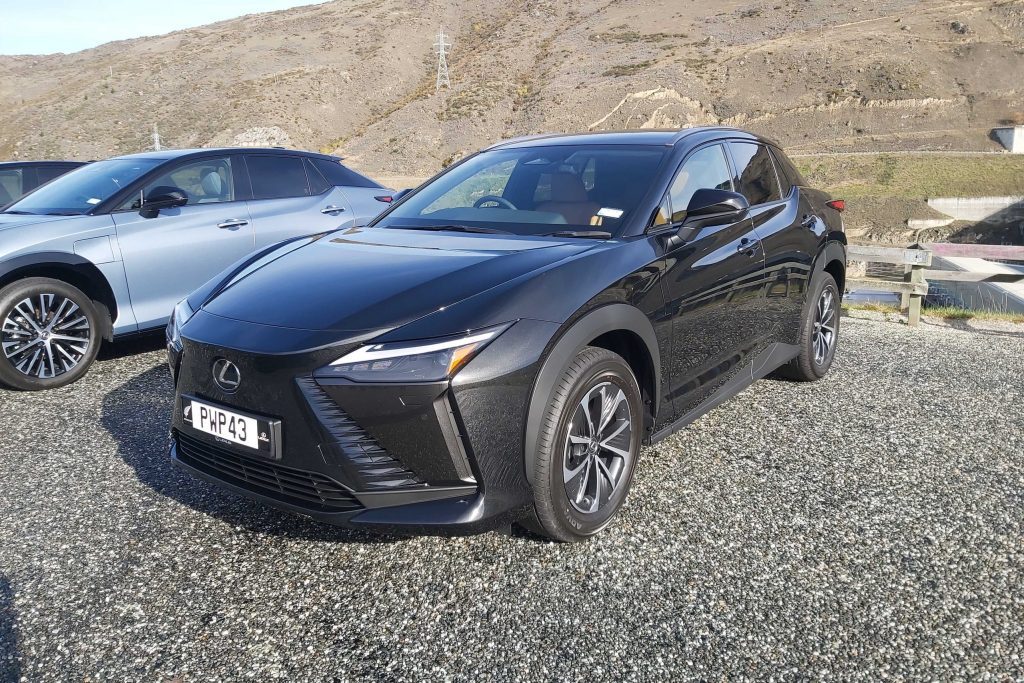
Size wise, it’s about as big as the new RX, at 4.8 m long and 1.9 m wide, but it’s lower, sleeker at 1.6m in height. The front and rear ends feature the brand’s ‘electrified look’ and it’s made to cut the air with a drag coefficient of 0.28.
How much is the Lexus RZ?
There are two models of the RZ, both with the same 450e powertrain but differentiated by specification, and it starts with the Core at $141,600 while the Dynamic is $151,600. You can add a spiffy two-tone paint to the latter for another $2000.
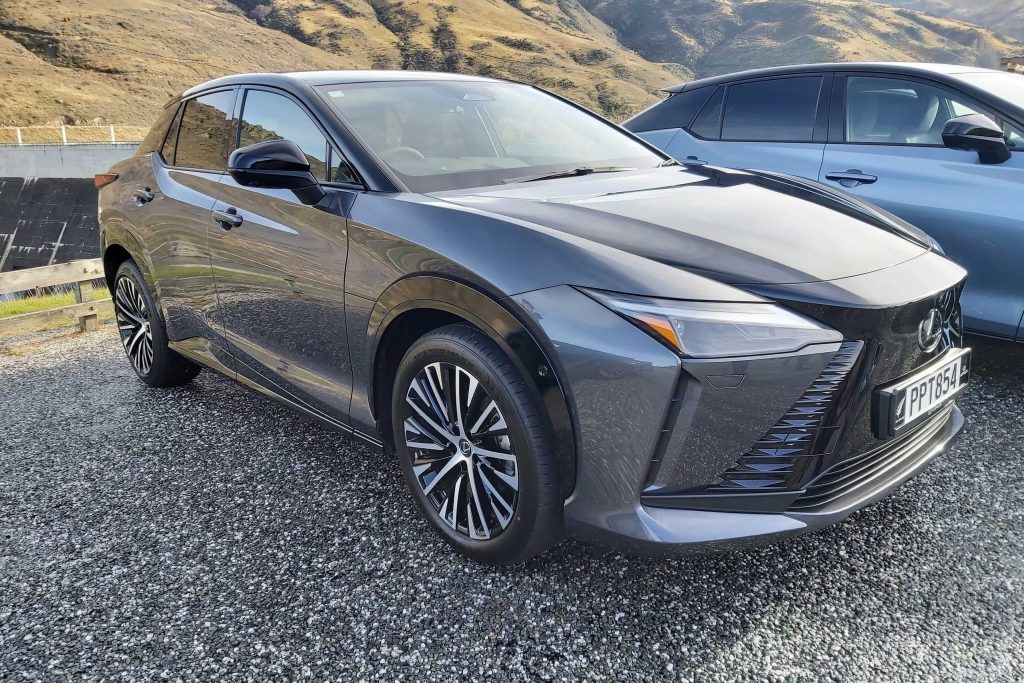
Those prices are up there, a lot more than the dual motor Model Y, more than the BMW iX3, and EQC, while being about on par with e-tron. Being a Lexus, its standard specification list however, is long, with nothing to tick up in options.
Click here to explore the Lexus RZ range and specifications
What sort of range does the Lexus RZ offer?
The Lexus RZ has a maximum output of 230kW from its dual motor setup. Up front is a 150kW/266Nm unit, the eAxle integrates the transaxle, motor generator, and inverter all in one while the rear unit contributes 80kW and 168Nm. These draw from a 71kWh battery, although the net/usable capacity is 64kWh. Energy consumption is rated at 15.2kWh/100km, and the WLTP range figures are 435km Core and 395km for the Dynamic, which rides on bigger, wider 20-inch wheels (18s on the Core).
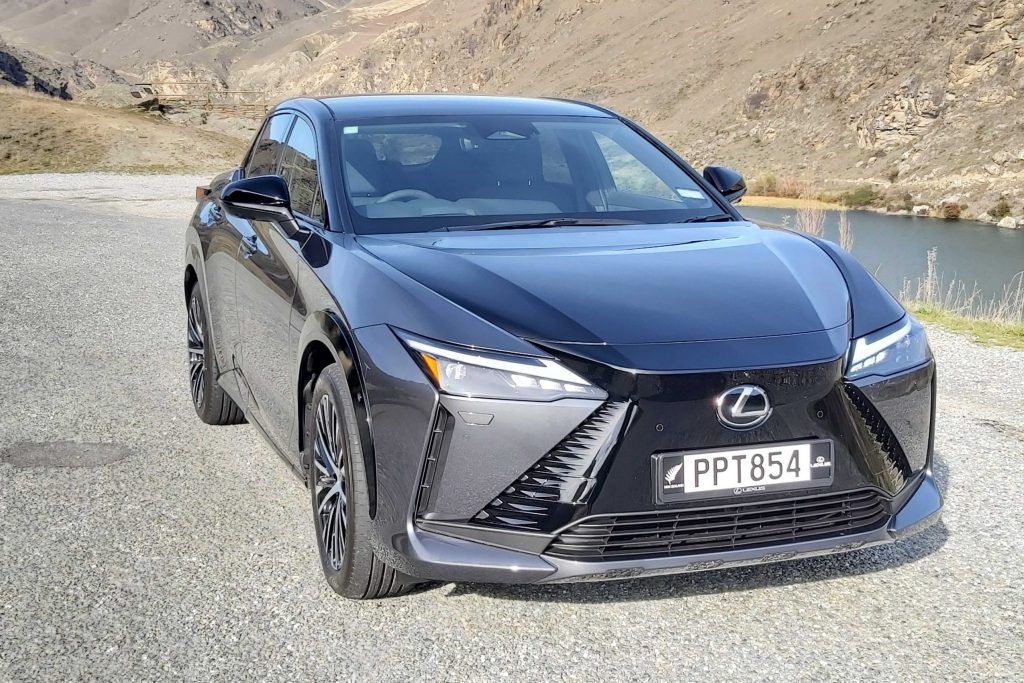
Is it a good drive?
We only had the briefest of drives in the RZ, so can’t really comment on those range figures being achievable. But the torque delivery is decent. It gets underway smartly, a quoted 0-100km/h of 5.2sec seems realistic. And it sticks with the Direct4 All-wheel drive system, Lexus speak for active torque distribution for ultimate stability.

The ride on highway roads is sorted, though tyre roar is a constant on the Dynamic model. You can adjust the level of brake regen via the steering paddles, the transition into the retardation being smooth. These cars were fitted with the conventional round steering wheel, as the optional yoke type helm has a delay for our market. And it’s not something that can be retrofitted as it has a unique variable ratio steering rack with it.
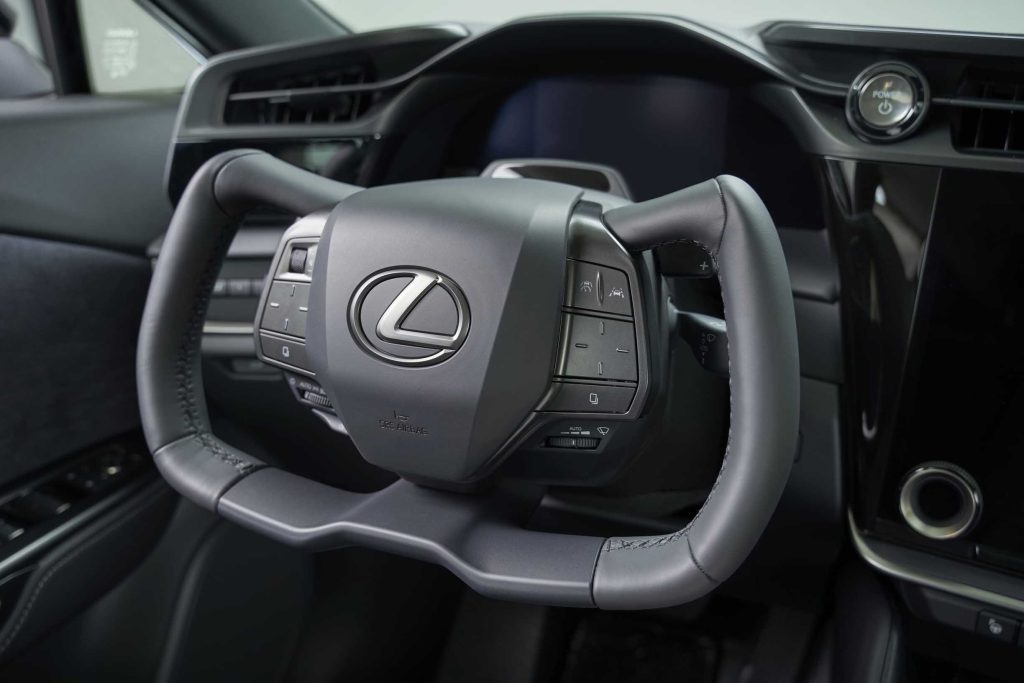
Is the Lexus RZ a practical EV?
We spent more time in the passenger seats, where there is plenty of space in the rear with its flat floor, the bench comfy too. Up front on the left it’s also spacious, knee room generous as there is no glove box. Odd but there is enough storage elsewhere. And then you get a unique ‘knee heater’, with radiant heat emanating from the lower dash when you switch on the heated seats. The idea being you heat the area where the passenger’s are rather than wasting energy with the heater warming the whole cabin.
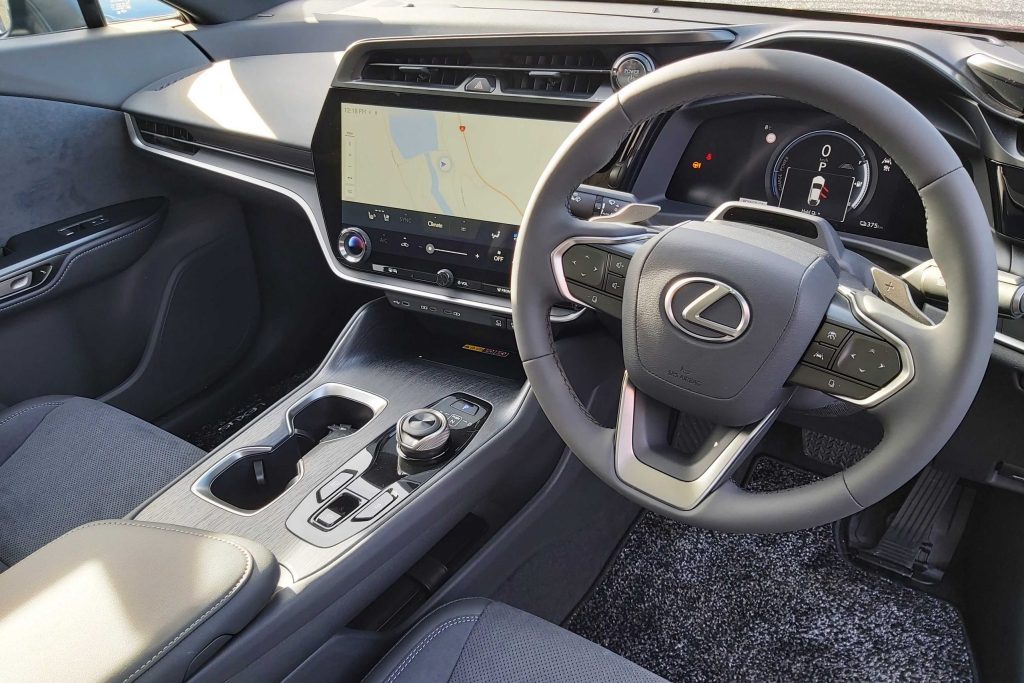
The big panoramic roof is also said to help optimise interior thermals and has a neat trick in that it goes opaque at the touch of the a button.
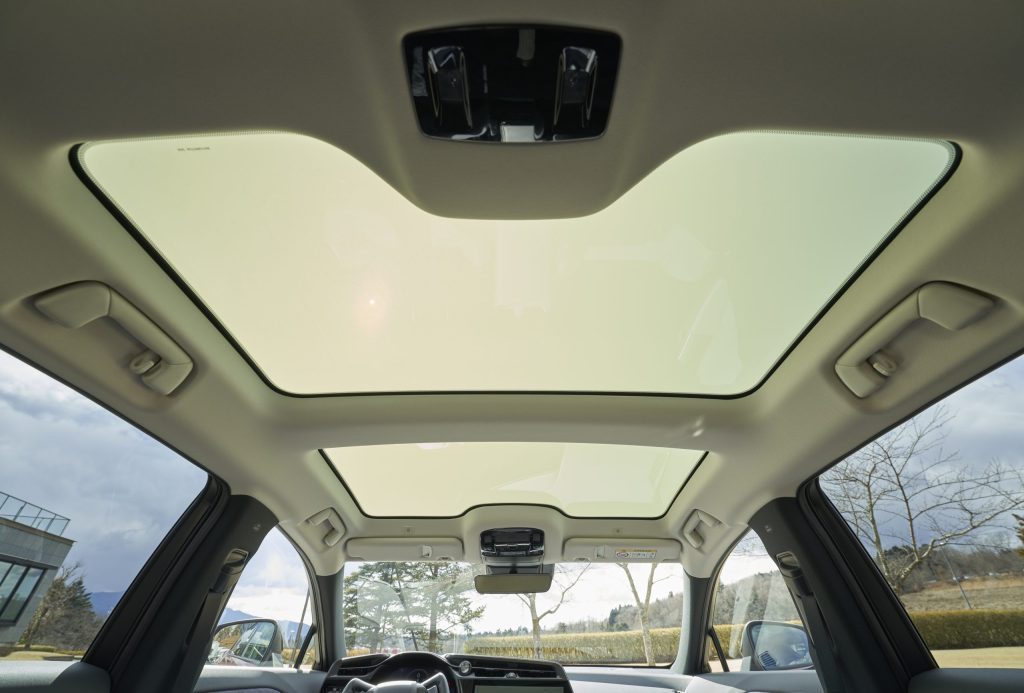
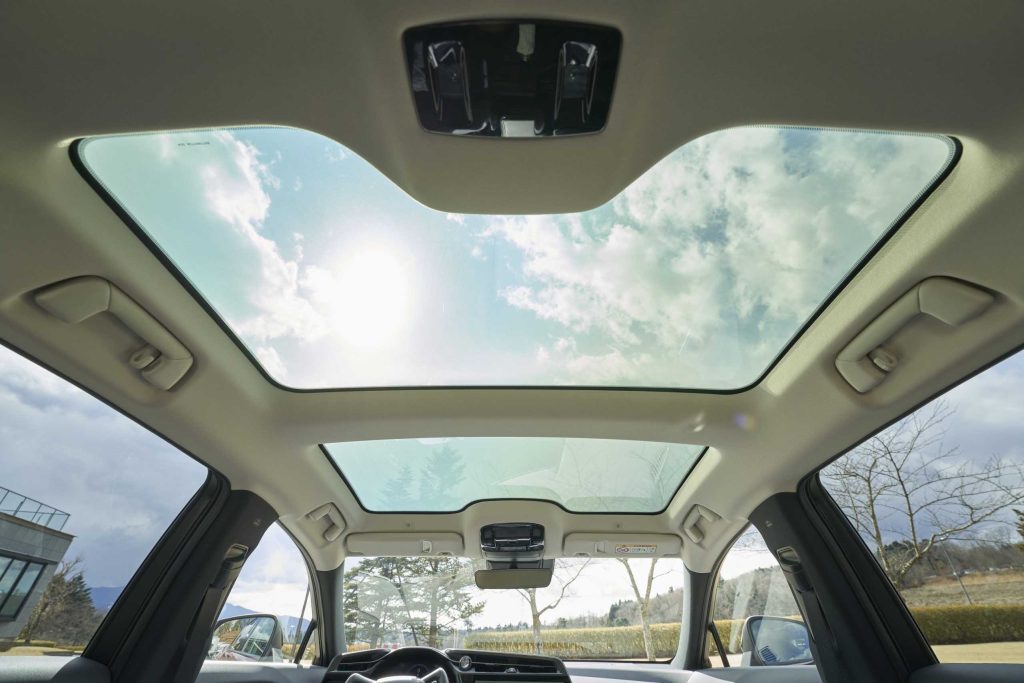
One minute you can look up and see the clouds and the blinding sun, and then the roof frosts over and the glare is reduced drastically (the sun barely visible as a weird orange dot). But if you still find it too bright, there is a shade provided, albeit a manual cover you install by hand.
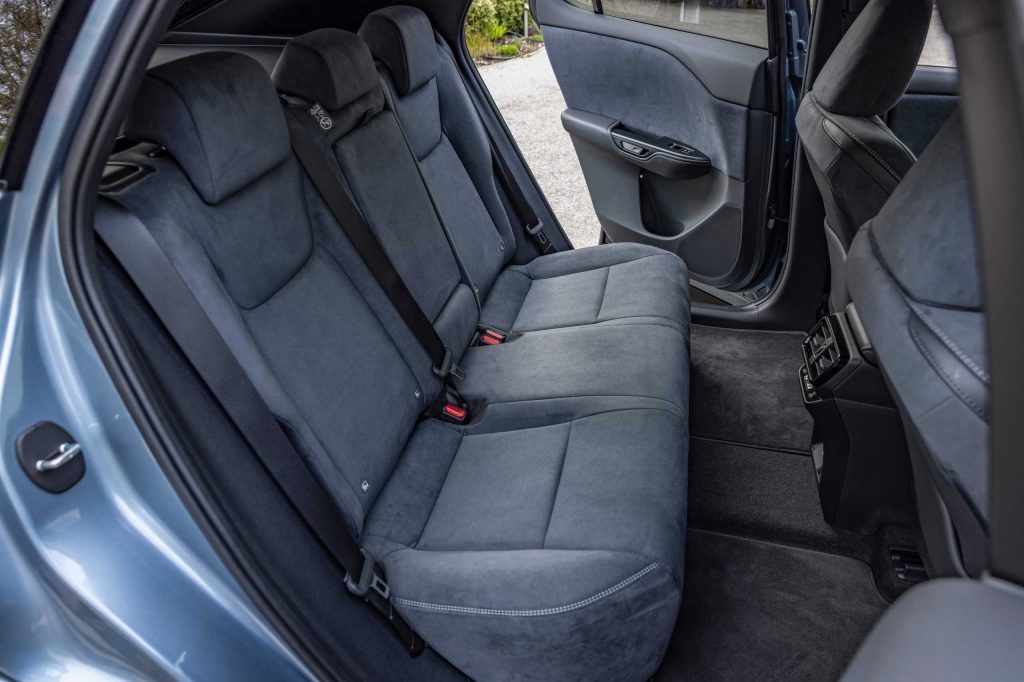
Compared with the RX, the cabin takes more of a minimalist approach; nicely made but without quite the detailing. Although they tell us that at night, the ambient lighting puts on a show by throwing patterns on the door cards.
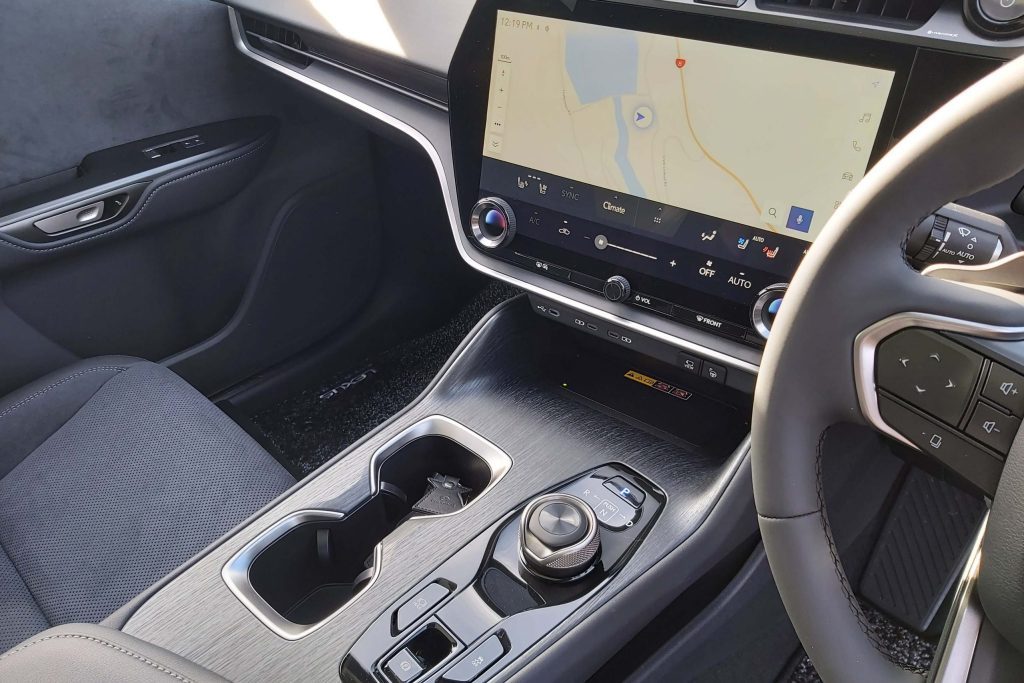
How long does it take to charge?
It has an 11kW onboard charger and with a wall box at 16 amp, it’s said to charge the battery in 6.5 hours while it will take up to 150kW of DC. It comes with an emergency/3-pin charger in the boot (or more accurately, the generous cubby under the floor in the boot). Luggage space ain’t bad either at 522L expanding to 1451. You can fit a tow bar, but it’s only rated to 750kg.
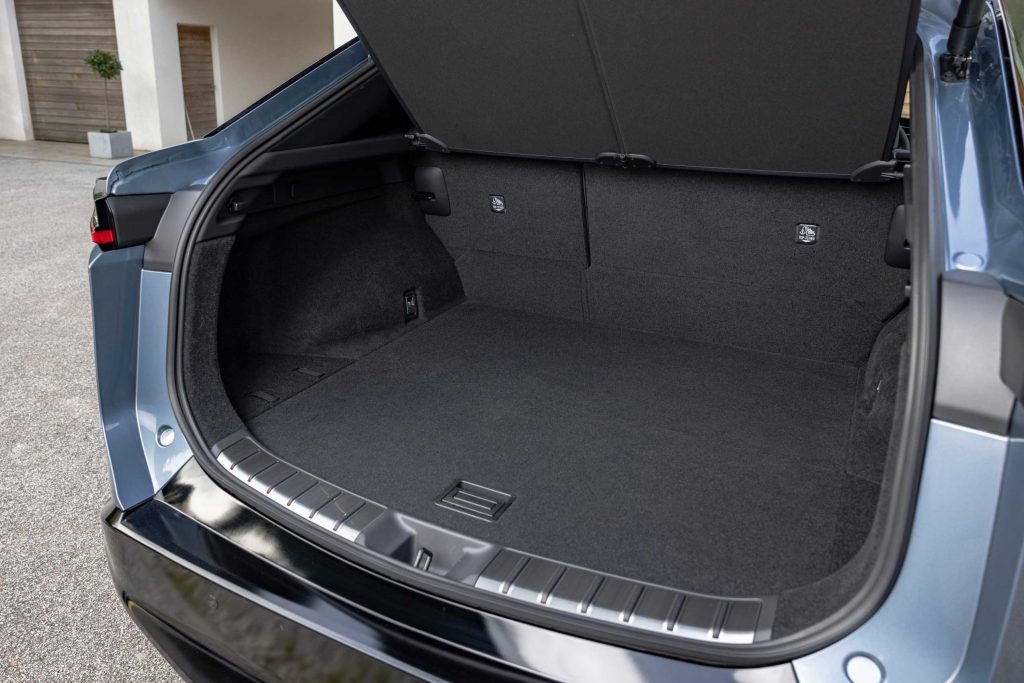
While it’s yet to get an ANCAP rating, it has every active safety feature known to Toyota.
Lexus NZ has an initial allocation of 150 cars for the year.
